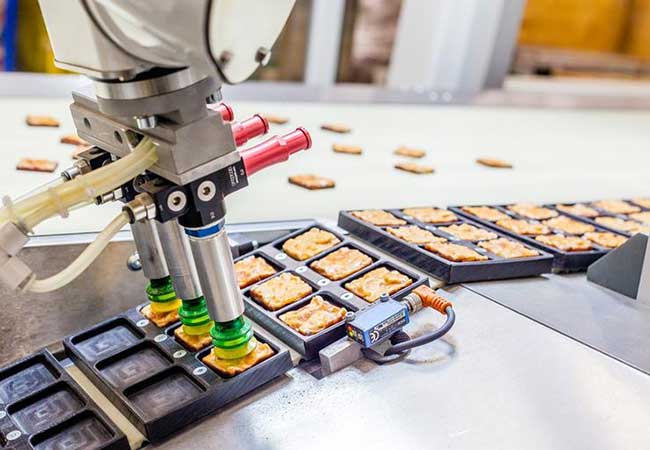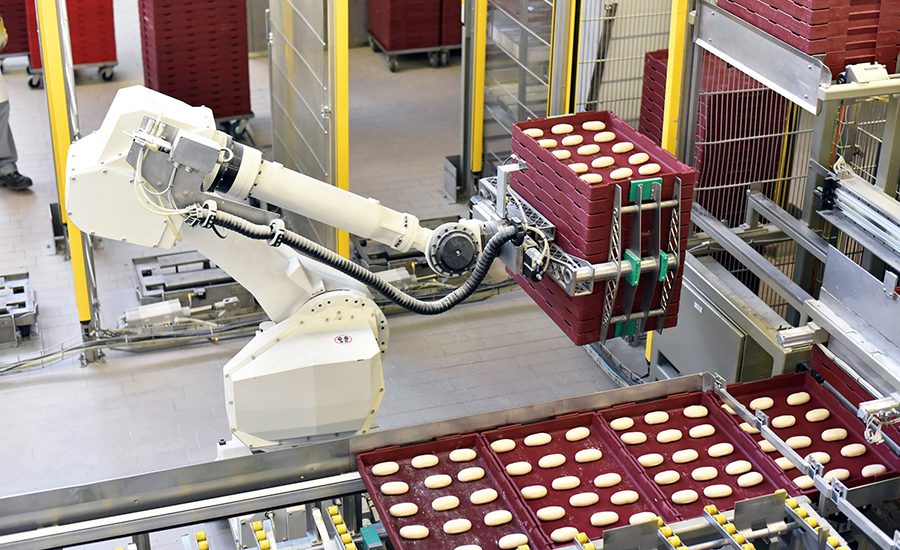Have you ever wondered how your favorite food item in a package made it to the store shelf? Did an army of workers fill the box up and put it there, or does technology play a role? Robots have been assisting with tedious tasks like food packaging for years. As our robotics technology continues to evolve and become more reliable, so will its applications – including those within the food industry.
In this article, we’ll discuss the types of robots used for food packaging and why they’re becoming increasingly popular among manufacturers across sectors. So read on and learn how robots are revolutionizing one of humanity’s oldest industries.
What Are Robots, And How Are They Used In The Food Packaging Industry
Robots have revolutionized the food packaging industry and are increasingly being used to speed up the production process and achieve greater accuracy in quality control. Robots are automated, multifunctional machines that can be programmed to complete various tasks. In the food packaging industry, robots can inspect foods for cosmetic defects, pick up items off conveyors or assembly lines, segregate products by size and weight, and help pack or box products.
The autonomous nature of robots is instrumental in this regard, as they allow food manufacturers to save labor costs while simultaneously gaining greater control over the entire production process. Robotics technology has already brought tremendous benefits to the food packaging industry by making companies more efficient and cost-effective, and this trend is only expected to continue going forward.
The Different Types Of Robots That Are Used In Food Packaging
Many different types of packaging robots are used in the food packaging industry, from self-contained robot arms to robotic palletizers and more. Self-contained robot arms are programmed to pick items off conveyors or assembly lines, inspect them for cosmetic defects, and even pack them into boxes. On the other hand, robotic palletizers are used to pick up items off conveyors and place them onto moving pallets to be moved through the production line.
In addition to these two types of robots, autonomous mobile robots can move around warehouses and transport goods from one point to another. This robot is beneficial in large warehouses where products need to be moved quickly and efficiently.
How Do Robots Help To Improve The Food Packaging Process?
Robots have revolutionized food packaging by giving companies greater control over their production lines. By using robots for tasks such as picking, packing, and palletizing, companies can save labor costs while simultaneously speeding up their processes and achieving improved accuracy in quality control.
Robots also allow manufacturers to standardize their production lines, which can help reduce costs and increase efficiency. In addition, robots can also be used to monitor food quality and hygiene throughout the production process, ensuring that customers receive only the best quality products.
Robots have become invaluable tools in the food packaging industry due to their ability to speed up processes while improving accuracy and quality control. They are revolutionizing how manufacturers approach food production, and their use is expected to continue growing in the future. With continued advancements in robotics technology, robots will likely become even more commonplace in the food packaging industry – a trend that looks set to continue for years.

Advantages Of Using Robots In Food Packaging
Robots offer a range of benefits to the food packaging industry, including improved accuracy and quality control, cost savings on labor costs, and increased efficiency. Additionally, robots can help reduce human errors and improve safety in hazardous areas as they are programmed to complete tasks accurately and precisely.
Robots also allow manufacturers to continuously monitor their products’ quality and ensure they meet the necessary food safety requirements. It is crucial, as it helps to ensure that customers receive only the best quality products.
Finally, robots can help companies save time by taking over tedious tasks and automating them. By automating processes, companies can focus their resources on more strategic projects and get a better investment return.
Disadvantages Of Using Robots In Food Packaging
One of the main drawbacks of using robots in food packaging is their high cost. Robots can be expensive to purchase and maintain, requiring considerable investment upfront. Additionally, they require a lot of programming and maintenance and must be regularly monitored to ensure they are functioning correctly.
Another disadvantage is that robots may only sometimes be able to work alongside humans, as they cannot react quickly and accurately in unexpected situations. For this reason, robots may not be suitable for tasks that require a high level of human judgment or creativity.
Finally, robots can also cause problems with job security as they can replace human jobs, and this could lead to higher unemployment levels and an increase in social inequality.
In Conclusion
Robots can be a valuable tool in the food packaging industry as they can help companies save time and money while improving quality control. However, their high cost and potential impact on job security mean that companies must carefully consider whether robots are the right option for them before investing in this technology.

